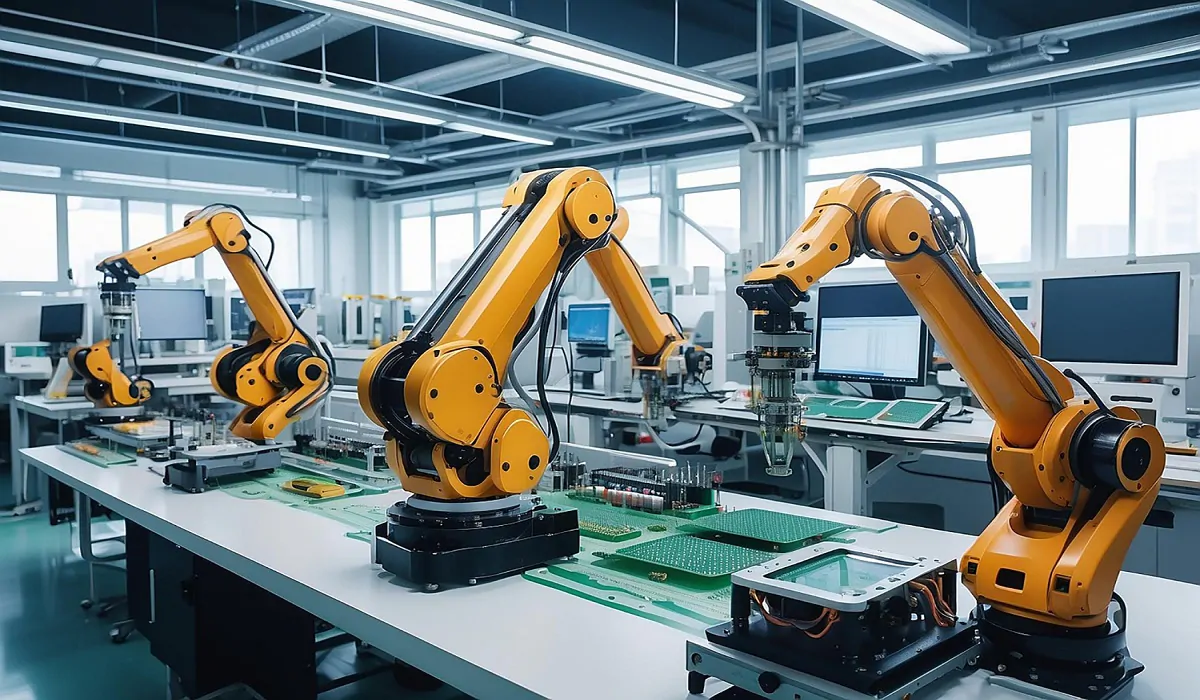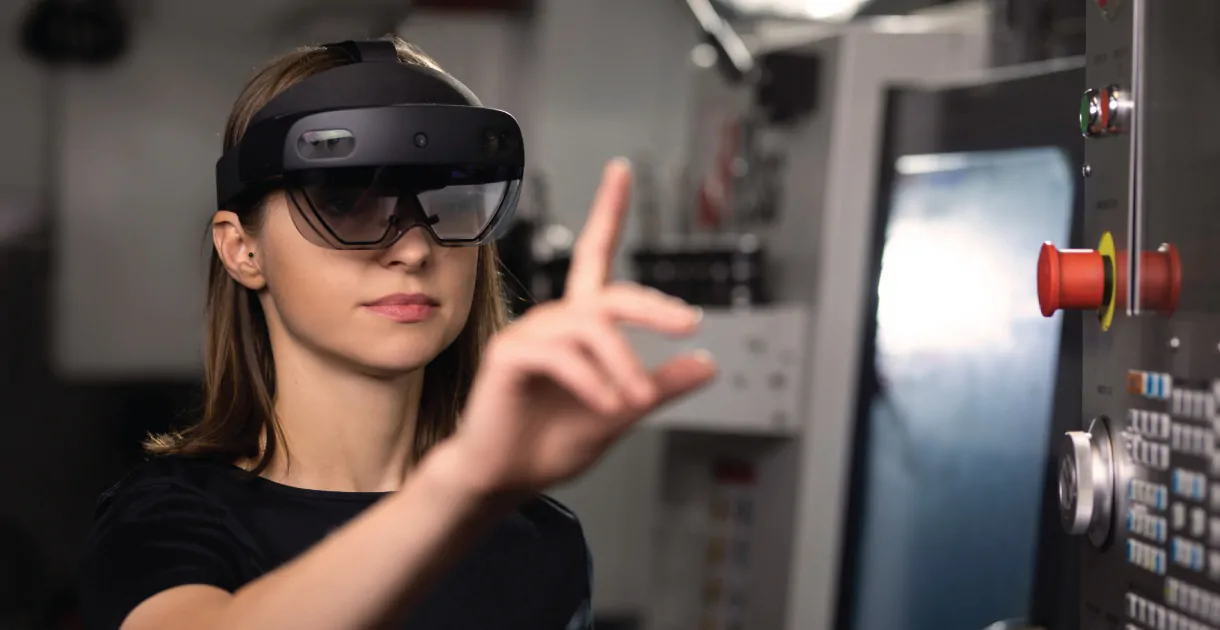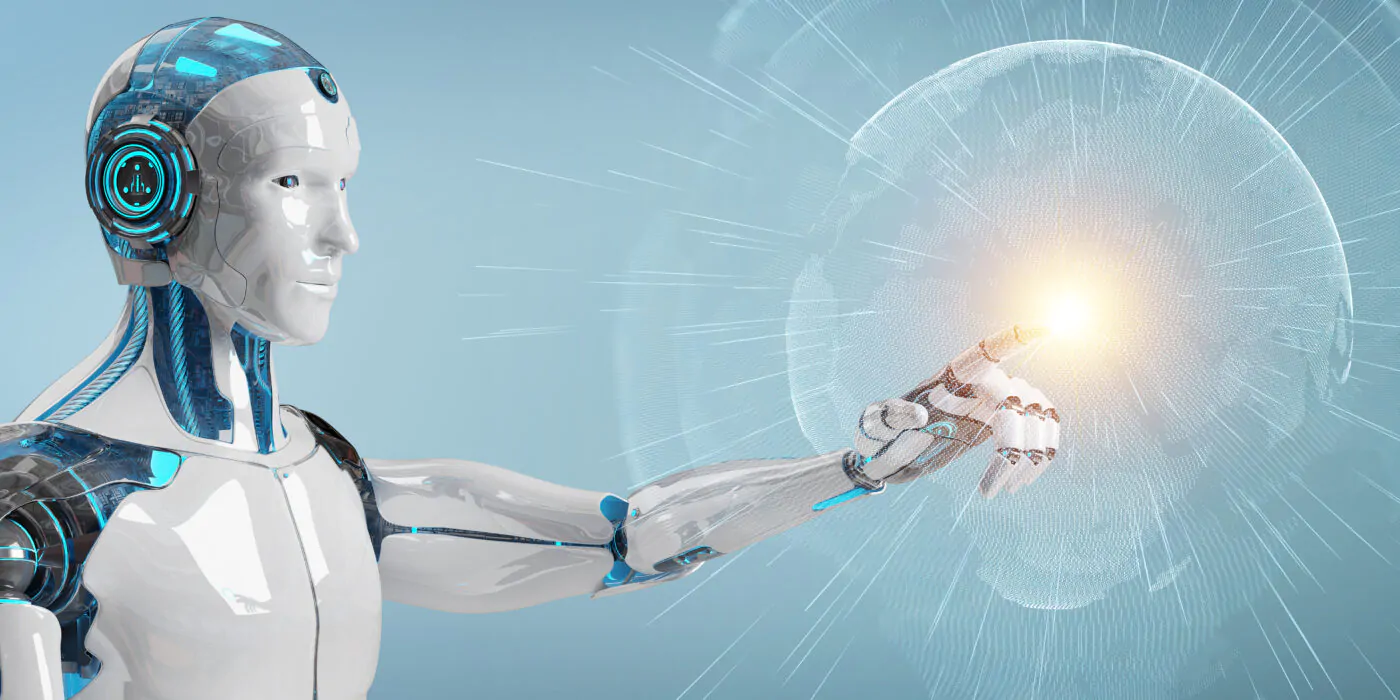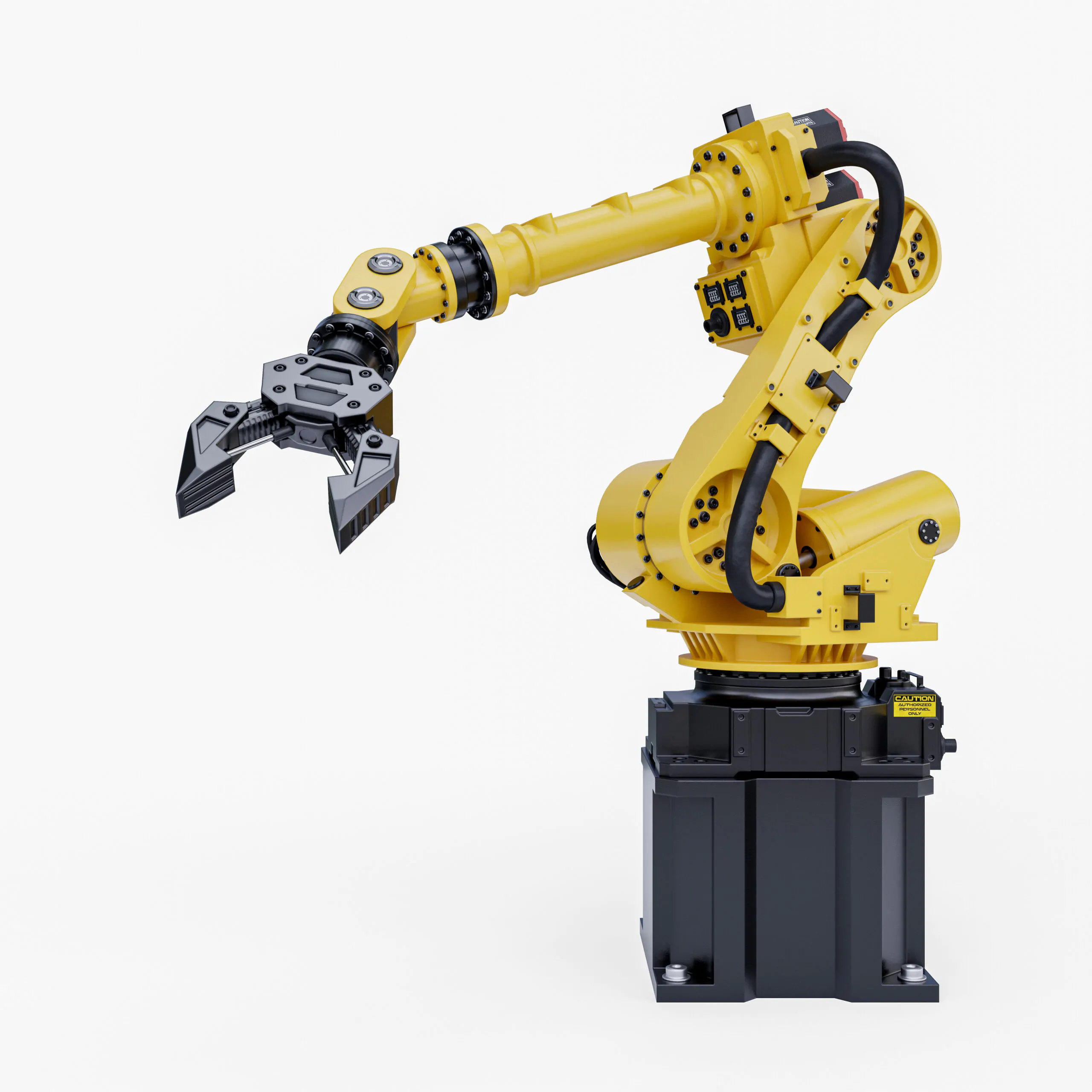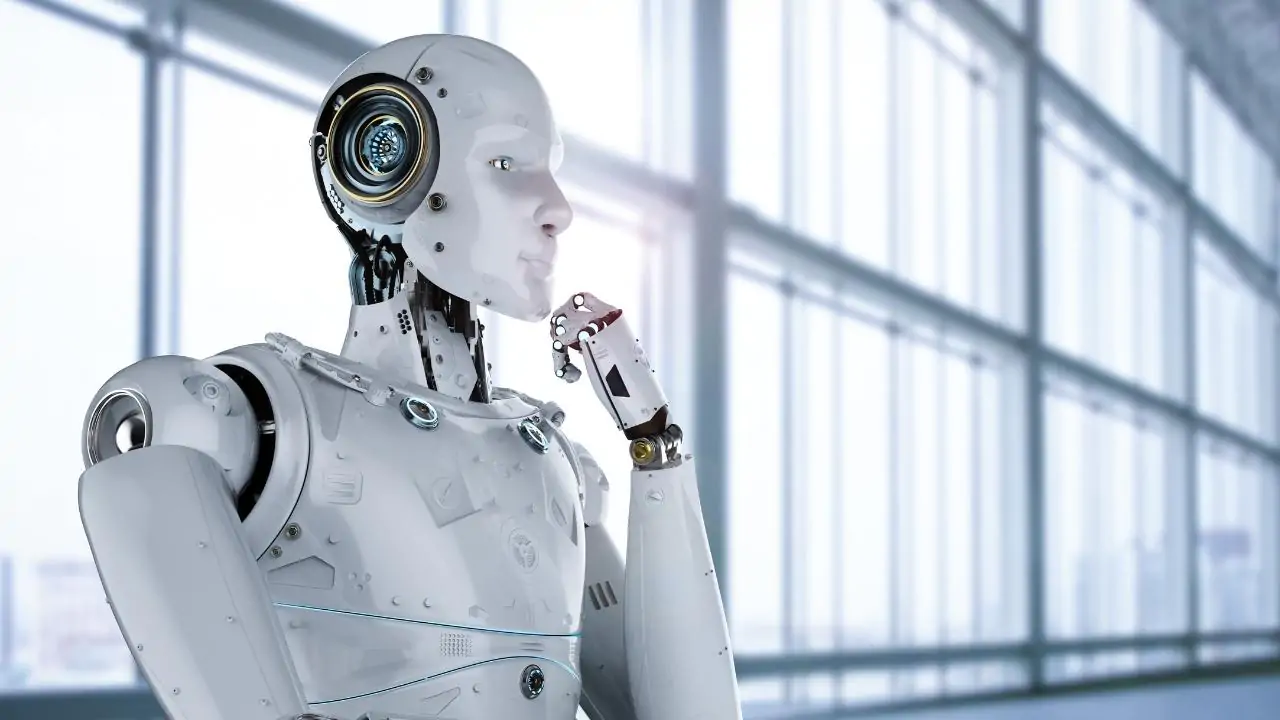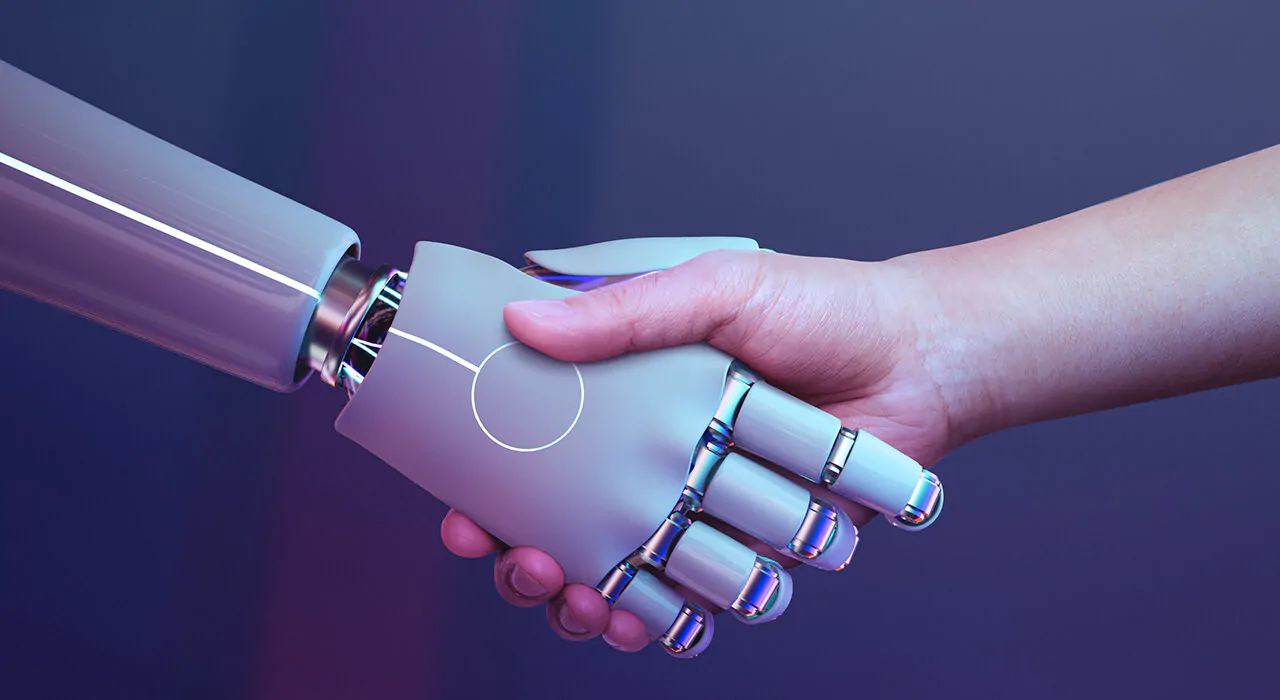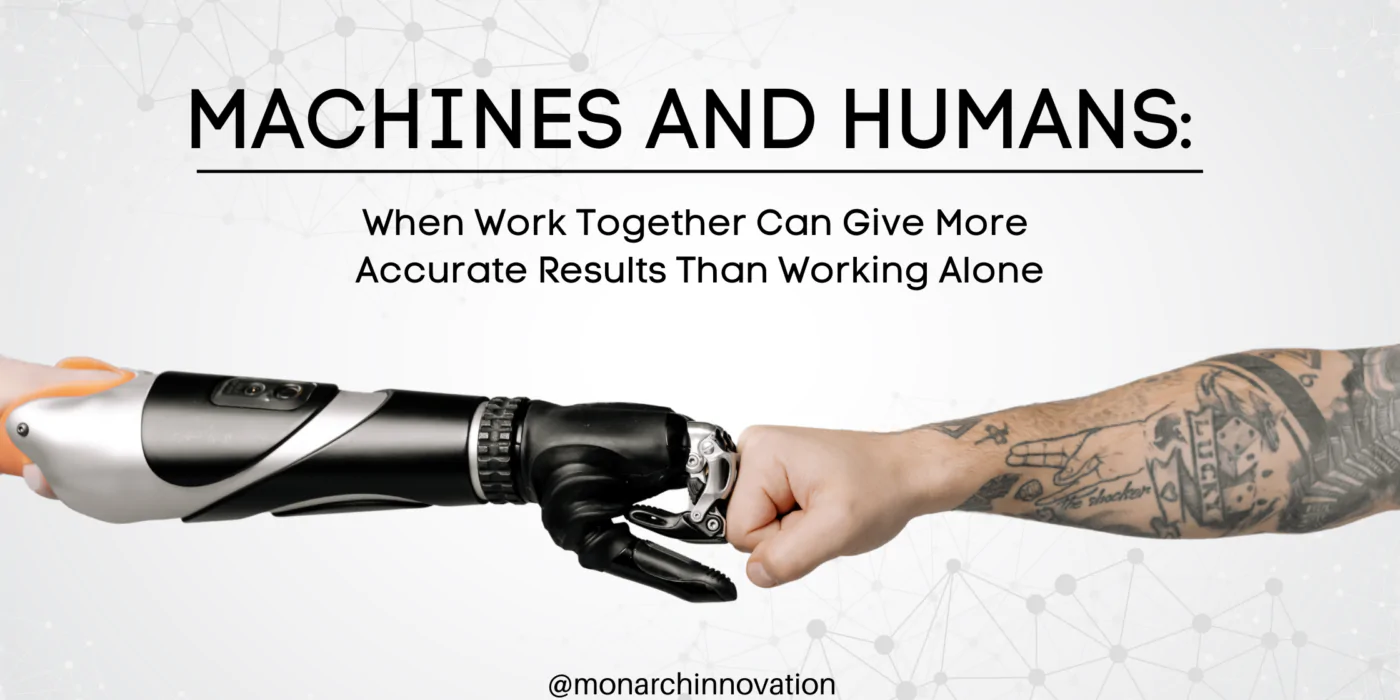Robotics engineering has become a transformative force across various industries. As the field evolves, several misconceptions continue to cloud the general perception of robotics engineering service. Let’s debunk some common myths and set the record straight.
1. Robots Will Take All Our Jobs
One of the most pervasive myths about robotics engineering service is the fear that robots will replace human jobs entirely. While it’s true that robots are taking over repetitive and mundane tasks, the reality is that they are creating new job opportunities and enhancing existing ones.
For example, robots in manufacturing perform the functions that are either deadly or boring for humans to complete, hence freeing the workers to perform more challenging and inventive work. In the same manner within the healthcare industries, robots participate in surgeries and allow specific operations to be carried out with increased accuracy. This does not do away with the need for surgeons altogether but at the same time opens up the possibility of amplifying their skill and ability.
Relating on the matter, Outsourcing robotics designing service tends to lead to a harmonisation of human and robot characteristics because the former holds superior dexterity and flexibility while the latter excels in force and speed. Substantial job opportunities have been created necessary to design, construct and enhance robotic workings thereby boosting the employment of engineers, designers, and technicians in the robotic industry itself.
2. Robotics Engineering is Just Building Robots
A number of people do not understand this field of study with robotics engineering defined by the tasks of creating robots. However, the role of robotics engineering services is much wider and comprises a vast area of work in developing as well as in the developed countries. It includes system design, software programming and testing, system design modification/upgrade and maintenance of robotic systems and the ability to incorporate robotic systems into the existing structures.
Engineering service provider various end-to-end services as system integration services, software development, and user interface designing services. For instance, a firm can seek the services of an engineering company to come up with an exclusive robot solution for managing its supply chain. This also includes not only assembling actual physical robots but also creating the code to control them, where they need to go, what materials to pick up and deliver, and processing of data as it is received.
Also, robotics engineering is a multidisciplinary branch, being an integration of mechanics engineering, electrical engineering, computer science and artificial intelligence. This way, the development of robotic solutions is more efficient and aligned with particular needs because of the support from other stakeholders.
3. Robots Are Expensive and Out of Reach
The other popular myth is that robots are very costly and are only within the reach of only big companies. What has to be noted here is that often such costs are incurred in the beginning, and as with any investment, the returns are worth more in the long run.
When businesses outsourcing robotics designing service, it can be simplified that robotics can be availed by a business at a cheaper price. ESOs should be able to provide solutions that are elastic in nature according to the budgets of the firms they are dealing with. For example, RPA can be used in data entry in small scale businesses and other accounting chores such as invoicing, leading to cutting down on operational expenses.
Also, there is a decrease in costs due to the improvement of technology and also stiff competition among the manufacturers of robotics. Do-it-yourself commercial kits and open-source software and hardware platforms have also initiated the micro robot businesses and hobbyists. With this democratisation of robotics technology, more and more organisations can now integrate the use of robotics in improving their operations without having to spend a lot of money.
4. Robots Are Super Intelligent
From the movies to the magazines, people get the idea that robots are of super intelligence, something that can think for itself and make its own decisions. As a matter of fact, robots are just programmed machines that are capable of accomplishing certain objectives using algorithms and certain laid-down rules that have been pre arranged for them.
Although it is possible for a robot to perform several operations with high accuracy, the intelligence of the said robot is only up to the program that is installed within it. They gather information via input devices and use it to arrive at logical outputs; their operations are deterministic and restricted by their algorithms. The notion that depicts creation of truly intelligent machines, that is, robots which are capable of thinking and reasoning as humans, is conceptualised as artificial general intelligence (AGI), which is far from being a reality in field at the present time.
Therefore, engineering service provider aim at developing excellent robots for particular missions like assembling lines, medical operations, and transporting. These robots increase efficiency and precision but do not have human cognition and feelings. That is why it is so important to note this distinction to properly set the expectations for what can be accomplished in the field of robotics engineering.
5. Robotics Engineering is Only for Manufacturing
Manufacturing is the primary area whereby robotics engineering is frequently connected owing to its influence. But now the uses of robotics are more diverse than that. Robotics engineering service are transforming several industries such as health, farming, transportation, and even leisure.
In healthcare applications, robots perform surgeries, rehabilitation, and even specifics attend to patients. They are useful in planting and harvesting crops, crop scouting, and reducing the cost of labour. In logistics, robots help in operations related to warehouses thus improving on the manner in which item deliveries are handled.
Engineering company services can be outsourced for robotic solutions that can suit the various industries that need the services. For example, robots are in the entertainment sector for animatronics whereby lifelike characters for movies or theme parks are created. It also distinguishes that robotics engineering is a functional field with numerous uses in our society today.
Conclusion
The misconceptions about RE are still existing, but they are also changing as fast as the field of robotics engineering itself. Outlining the existing myths of robotics engineering service clarifies such misconceptions, as well as implies possible advantages of implementing robotic solutions in numerous fields.
Thus the misconceptions seem to include; regarding robots as people replicants, perceiving robotics as a unidisciplinary field of engineering, perceiving modern robotics as expensive, setting impossibly high standards for robots, and limiting robotic activities to manufacturing only.
As we move forward, the collaboration between humans and robots will continue to shape a future where efficiency, innovation, and productivity are enhanced across all sectors. Embracing this synergy is key to unlocking the full potential of robotics engineering service.



